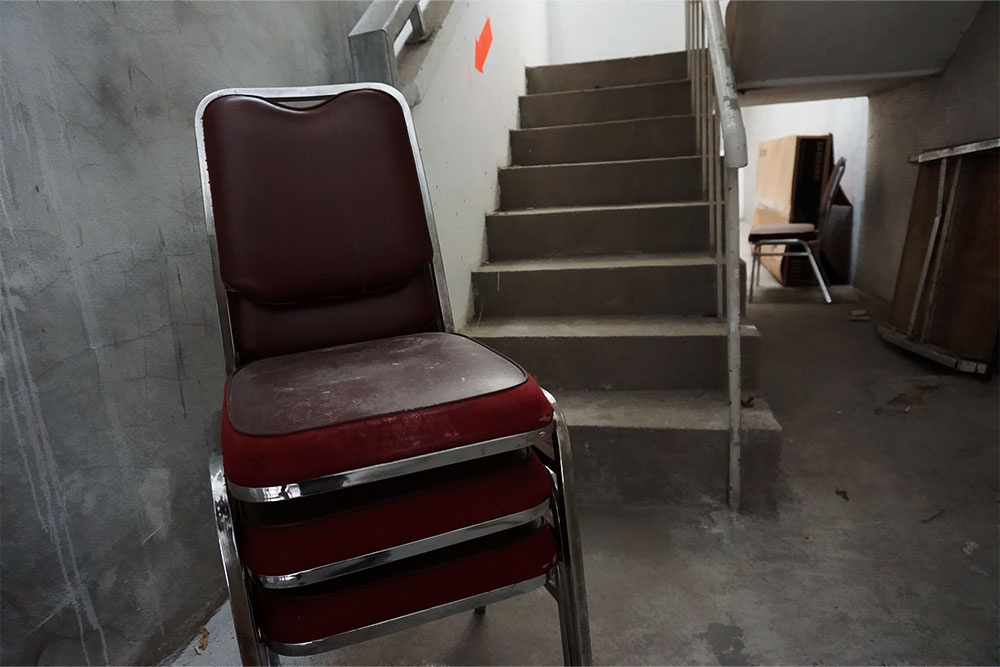
From 1 October 2023, the Regulatory Reform (Fire Safety) Order 2005 will be amended. These amendments will place new duties on those responsible for fire safety within their premises.
Although the changes have implications for all responsible persons, employers or those who oversee fire safety in their workplace will likely be directly affected.
If this includes you, you must understand these new duties.
You can read our guide to get up to speed. We’ve reviewed the guidance and collected the most significant legislative changes for you here so you know what to do.
Why Has Legislation Changed?
The Regulatory Reform (Fire Safety) Order 2005, known as the Fire Safety Order, is being amended through the Building Safety Act 2022.
These amendments are part of the Home Office’s ongoing efforts to improve fire safety in all buildings regulated by the Fire Safety Order.
The most recent changes form Phase 3 of the Home Office’s plan and they’re focused on strengthening fire safety through four key developments:
- Improved cooperation between responsible persons
- Enhanced powers for authorities tackling non-compliance
- Increased access to fire safety information for building residents
- Expanded requirements around the recording and sharing of fire safety information
This final development will most likely affect you if you’re responsible for fire safety within your workplace, particularly if it’s a small business.
Who is the Responsible Person?
It’s up to responsible persons to fulfil these new duties so you need to know if that’s you.
The responsible person is a role defined under the Fire Safety Order. They’re the person (or persons) responsible for fire safety on their premises. You’re the responsible person if you’re:
- An employer
- A building owner
- A landlord
- In control of non-domestic premises (for example, a building or facilities manager)
- A host to paying guests (for example, the proprietor of a B&B)
You can find government guidance here if you’re unsure whether you’re a responsible person.
Fire Safety Training
Our Fire Safety Training course gives a basic understanding of fire prevention principles, the sources of ignition and fuel and safe systems of work to prevent fire hazards and accidents within the work environment.
Which Buildings are Affected?
The new fire safety regulations only affect non-domestic premises.
Workplaces are the most obvious example, but accommodations such as guesthouses or hotels are also affected.

Shared spaces within domestic premises where nobody lives (think communal corridors or staircases) are also regulated by the Fire Safety Order. They are subject to the new regulations, too.
What are the New Fire Regulations for October 2023?
There are some legislative changes happening to the Fire Safety Order, but in this article, we’re focusing on those that will directly affect small business owners and their workplaces.
(The government has provided a full breakdown of the new regulations you should read to get up to speed with all the developments.)
Under the Fire Safety Order, all responsible persons must now:
- Complete a fire risk assessment for their premises
- Document the fire risk assessment and record all findings
- Record all fire safety arrangements
- Identify the person (or organisation) that conducted the fire risk assessment
There are further legislative changes that don’t directly affect responsible persons, including:
- Increased fines for certain offences, such as failing to provide a copy of your fire risk assessment when asked by an inspector
- Further requirements for the Secretary of State to give guidance to responsible persons
How the New Fire Regulations Will Affect You
Suppose you’re an employer of more than five people or responsible for fire safety in a larger workplace. In that case, these changes might not seem like changes at all.
Because these are arguably not new regulatory requirements but more like extensions of existing ones.
Before October 2023, you weren’t required to complete a fire risk assessment for your workplace if you had fewer than five employees. But now, all workplaces should have a completed and documented fire risk assessment, no matter the business size.
Previous legislation also stated that only ‘significant’ findings had to be recorded when completing a fire risk assessment. The amendments have changed the wording and now make it a legal requirement to record all findings, even those that seem unimportant.
The key takeaway is that all employers must complete and document a fire risk assessment, no matter how small their business is.
How Many Steps Make up a Fire Safety Risk Assessment?
If you’re a small business owner, you might never have been responsible for completing a fire risk assessment before.
You can learn more about fire risk assessments in one of our previous blogs or look at the government’s guidance explicitly written for fire safety in small premises.
But for a quick overview, a fire risk assessment involves five steps:
- Identifying fire safety hazards in your workplace
- Assess who is at risk and to what level
- Eliminate or control the risks
- Record the findings, make emergency plans and inform staff
- Review your fire safety measures and make changes if necessary
Can I Complete the Fire Risk Assessment Myself?
Yes. But you need to know what you’re doing.
A fire risk assessment is essential for adequate fire safety. If you miss hazards or implement the wrong control measures, you’re putting your staff, business and reputation at avoidable risk. You’ll also be vulnerable to legal action if you’re non-compliant with fire safety regulations.
That’s why anyone conducting a fire risk assessment must be competent. Competency means that the person conducting the fire risk assessment must have the proper knowledge, skills, experience and training to do the job correctly.
This requirement leaves you with two options:
- Complete training yourself to develop the necessary knowledge and skills
- Appoint an independent assessor to complete the assessment for you
There are advantages to both options. A good fire risk assessment depends on in-depth knowledge of the workplace, which you’ll obviously have. It might also be more cost-effective and straightforward to do it yourself, provided you’re confident you can do the job.
Independent assessors won’t know your workplace as well as you. Still, they would likely have more experience with the risk assessment process and a deeper understanding of fire safety.
Either option is allowed under the Fire Safety Order. Still, you must be sure that whoever conducts the fire risk assessment is competent. And it’s no longer just a matter of safety; planned changes to the Fire Safety Order will soon make competency a legal requirement, not just best practice.
Where Can I Find Training?
Suppose you’re responsible for fire safety in a small, low-risk workplace. In that case, you might be well suited to complete the fire risk assessment. But only if you have the knowledge, skills and training to do the job safely.
Our online Fire Safety Inspection course will train you to spot fire hazards in the workplace and implement effective control measures – both critical in fire risk assessment. Combining this knowledge with what you know about your workplace can give you the insight you need to complete a compliant and effective fire risk assessment.
But remember, you can delegate fire risk assessments to people you know to be competent. There’s no universal measurement of competence, but certification of fire safety training can help prove someone’s suitability. Especially if it’s assured by a reputable authority like RoSPA (The Royal Society for the Prevention of Accidents) – just like our Fire Safety Inspection course is.





















